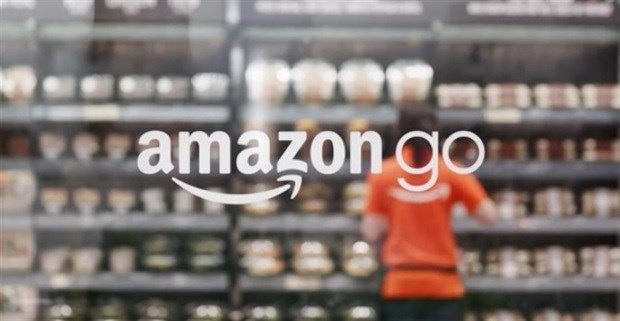Retail spend at frictionless payment stores like Amazon Go will grow from an estimated $253 million in 2018 to over $45 billion by 2023, as retailers strive to eliminate queues. This is according to a new report by Juniper Research titled Future In-Store Retail Technologies: Adoption, Implementation & Strategy 2018-2023.
Transaction volume is expected to grow at over 150% per annum over the next 5 years, but will remain niche, representing under 1% of all retail transactions. Juniper expects most of these transactions to be in convenience and general stores, with an average transaction value around $30 per visit throughout the forecast period.
In-store scan & go apps
The report also found that self-scanning apps, an alternative to ‘Just Walk Out’ technologies, will be used by over 32 million shoppers by 2023, driving higher engagement.
While Wi-Fi will continue to remain the biggest engagement point for customers, Juniper expects smart checkout apps to act as gateways to technologies like Bluetooth beacons and augmented reality. The development of virtualised beacons, where an antenna array simulates the presence of multiple beacons, will increase revenues for beacon manufacturers. These revenues will grow at an average annual growth of 49%, reaching over $1.5 billion by 2023; beacon shipments will only grow at 21.5% per annum.
New service and inventory experiences
The research found customer service as a key area for in-store innovation, with retailers experimenting with automated handling of customer queries. Voice assistants and in-store robots will support this in 2023, with robots generating over $20 million in revenue for their manufacturers.
Early leaders here include Softbank’s Pepper, Bossa Nova Robotics’ shelf-scanning, and Lowe’s customer service robots.
“Many of these technologies can bring multiple benefits to retailers,” remarked research author James Moar. “For example, Robots and RFID can be used in both customer service and inventory management; making both elements of in-store retail more efficient.”














































